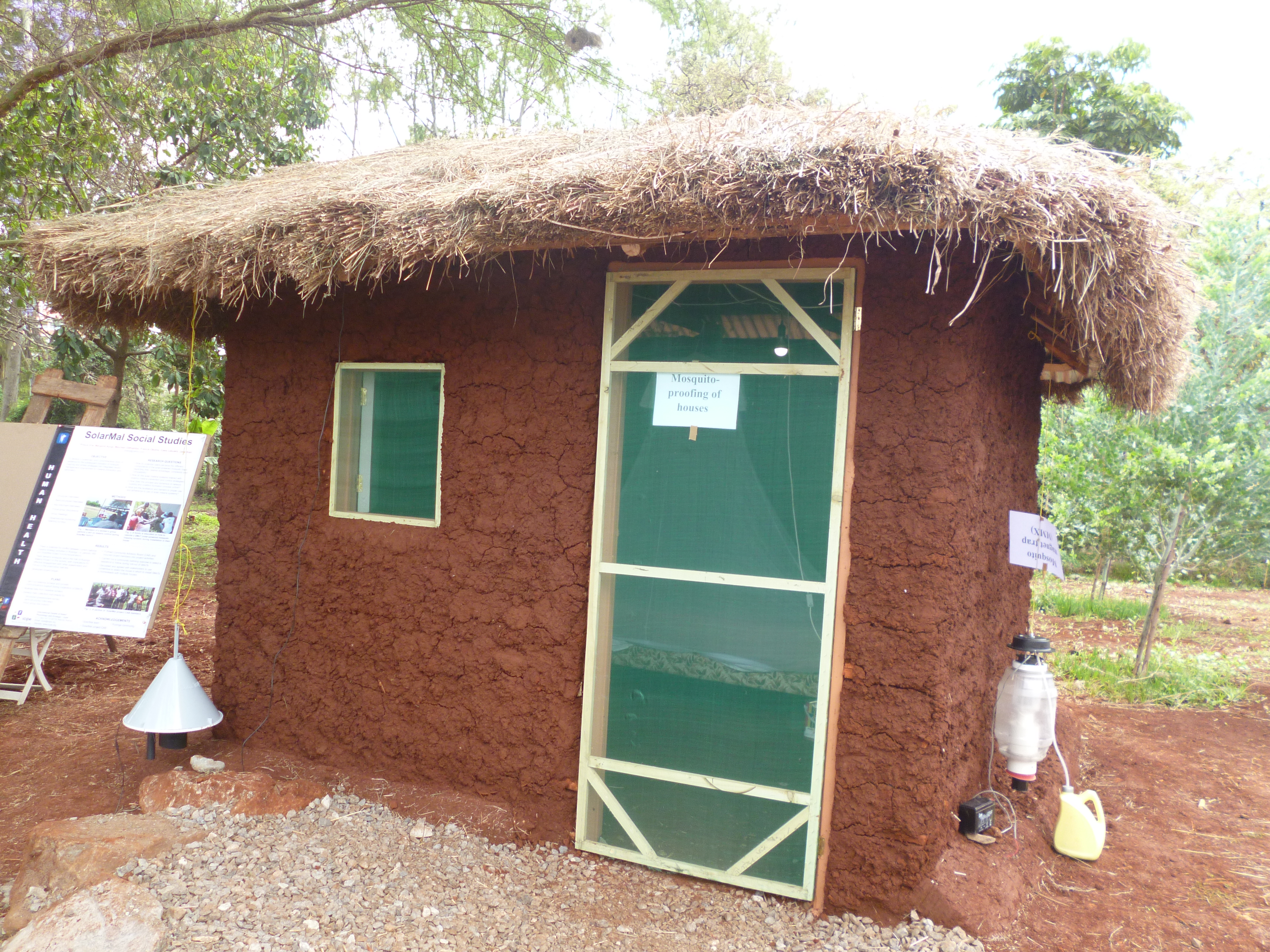By James Adika
Fight against Malaria has taken a new turn after a new technology of trapping the mosquito vector came in place.
Mosquitoes now are being trapped and killed with new technology where solar panels are used.This new technolgy is being tested at Rusinga Island where every mosquito that enters a household which is installed with the solar trapping system is accounted for.The method is meant to compliment other mosquito trapping techniques like the use of nets among others.
The mosquito eradication campaign is carried out by The International Centre of Insect Physiology and Ecology (ICIPE) and Wagenigen University in the Netherlands.
Speaking to Talk Africa Project manager Dan Masinga said the programme aims to prove malaria can be eliminated using a nation-wide strategy of mass trapping mosquitoes.
The programme targets the rural community that relies on fishing and agriculture.Masinga said although malaria is transmitted throughout the year, the intensity varies.
He said the recent reduction in malaria mortality is mainly due to using insecticide-treated bednets and indoor spraying.
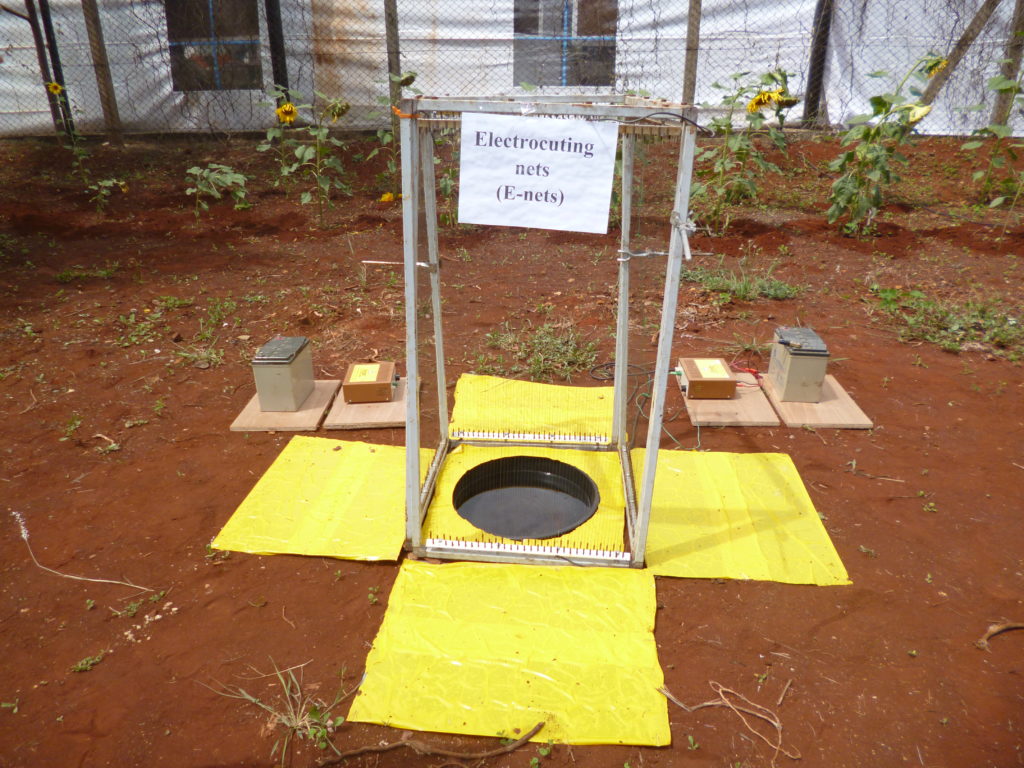
“The long-term effectiveness of current vector control strategies is undermined by resistance to insecticides, changes in feeding behaviour and outdoor transmission,” Masinga said.
At least three quarters of the homes on Rusinga Island have been given a solar panel to power a trap to catch mosquitoes before they enter houses.
Malaria is an endemic in Mbita township where humidity favours mosquito breeding.
It has been the leading killer of children and pregnant women in the area, accounting for 35 per cent of child deaths, according to the medic.
The results of a project whose aim is to reduce Malaria Disease burden at Rusinga Island around Lake Victoria has been effective since it was launched.
Elizabeth Ng’ang’a from the Communication Unit at the International Centre of Insect Physiology and Ecology (Icipe) said in a press release that the project has been implemented since January 2012.
“Since January 2012, the International Centre of Insect Physiology and Ecology (Icipe), in collaboration with Wageningen University, the Netherlands, The Swiss Tropical Public Health Institute and the Rusinga Island community, have been implementing a project known as SolarMal, whose aim is to reduce malaria burden on Rusinga Island, western Kenya,” she said.
She said it has been implemented through mass trapping of outdoor mosquitoes using Solar Powered Mosquito Traps (SMOTs).
Ng’ang’a said SMOTs consist of a synthetic odour blend that mimics human odour to lure host-seeking malaria mosquitoes.
“In addition to trapping mosquitoes, SMOTs are also a source of clean lighting energy, and as such, they pre-empt the use of kerosene-powered lamps, there by providing additional health benefits to users,” she added.
She further said currently, approximately 4200 households within the Island have benefited from the SolarMal project.
“We are going to officially launch the results of this project in Rusinga Island, where the SolarMal partners will release the results of the project, highlighting the impact of the SMOTs on mosquito populations, malaria prevalence and incidence, as well as the effect of the technology on people’s livelihoods,” Ng’ang’a said.
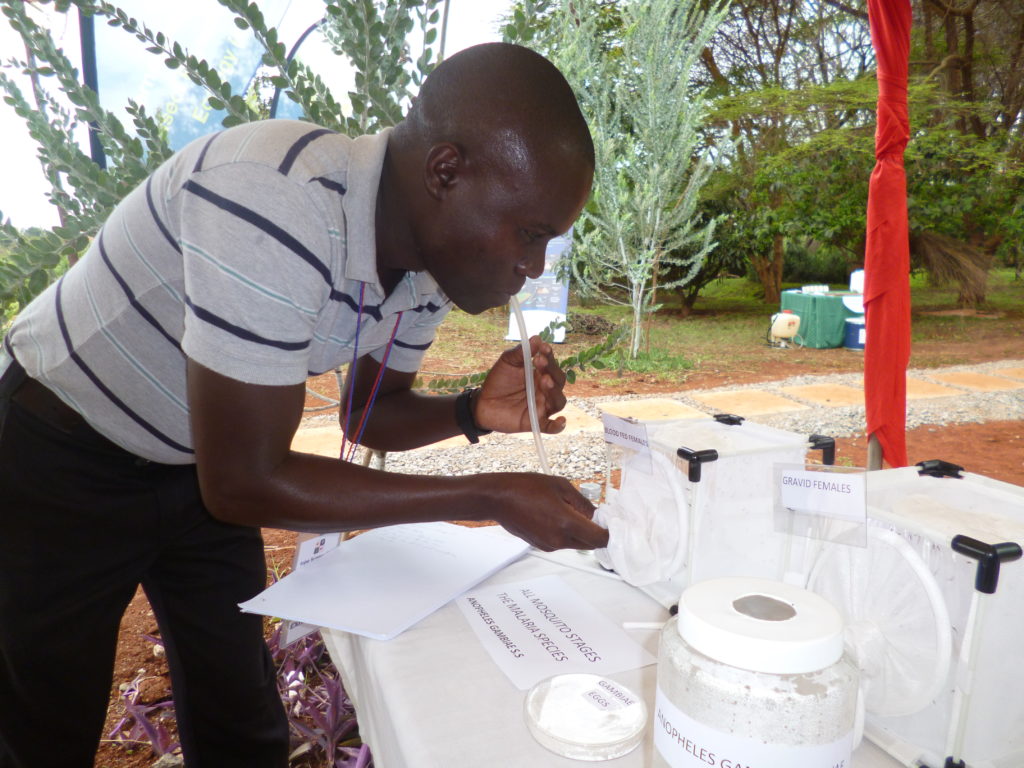
Speaking during the final installation of a solar panel in Rusinga, she said these findings will serve as a platform for scaling up the technology.
Researchers at Wageningen University, part of Wageningen UR, plan to make the island of Rusinga in Lake Victoria malaria free. As part of the Solarmal project, the team will place odour-baited mosquito traps that lure the malaria mosquitoes away from the homes of the local population. This will lead to less biting, and less malaria transmission. The project is being implemented in partnership with the local community, which will continue the work to eliminate malaria.
The mosquito traps are hung outside and near the homes of the thirty thousand inhabitants on the island, which measures ten by fifteen kilometres. The traps contain ‘an odour that smells like humans’ which attracts the mosquitoes and thus prevents them from flying indoors. Once in the trap, the insects are killed by dehydration, thus making insecticides redundant.
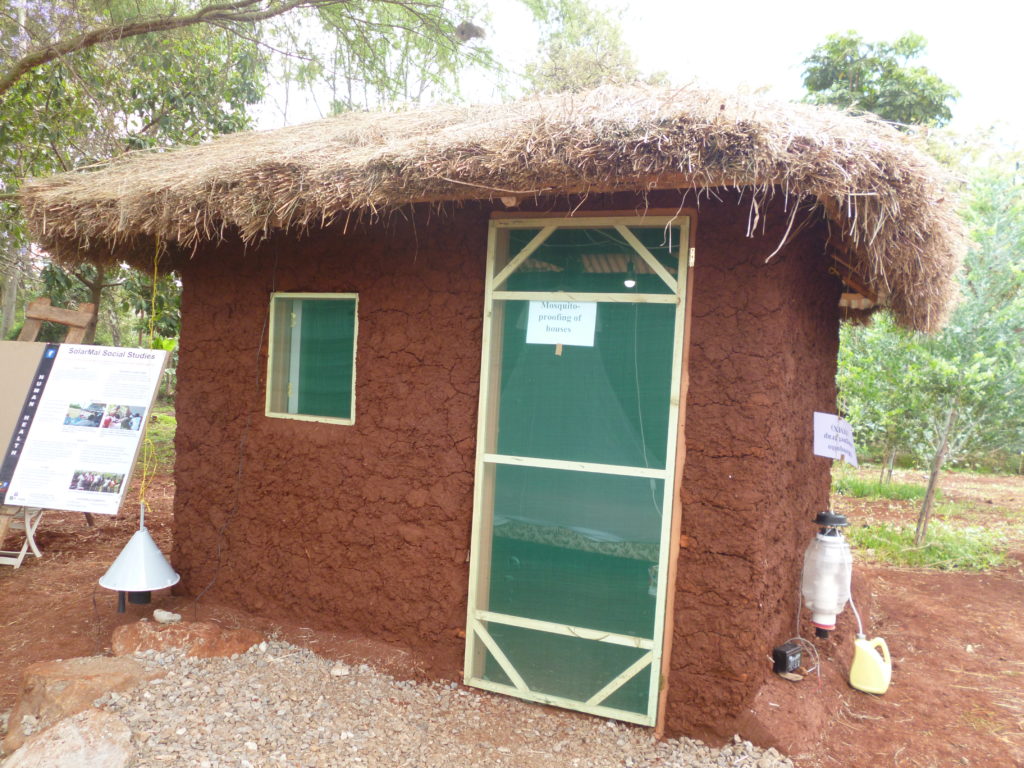
The power for the ventilators for the traps comes from a solar panel on the roof, which not only guarantees the operation of the traps but also provides the household with electric light and a means to charge their mobile phone. Any cases of malaria which do occur will be treated by the local medical team which is part of the project. The plan is to eliminate malaria from the island of Rusinga in five years’ time. The structure of the project is a model for the approach elsewhere in Africa.
The insecticide-free approach also offers a solution to the increasing resistance of malaria mosquitoes to the chemicals with which mosquito nets are treated and house interiors are sprayed. The combination with a power supply also improves the quality of life of the village population.
Above all, this method effectively supplements the successful Roll Back Malaria Strategy advocated by the World Health Organization (WHO). With the introduction of mosquito nets impregnated with insecticide and early diagnosis + drug treatment, in the past decade the WHO has managed to stabilise or even reduce the number of malaria cases after a long period of increase, mainly in Africa.
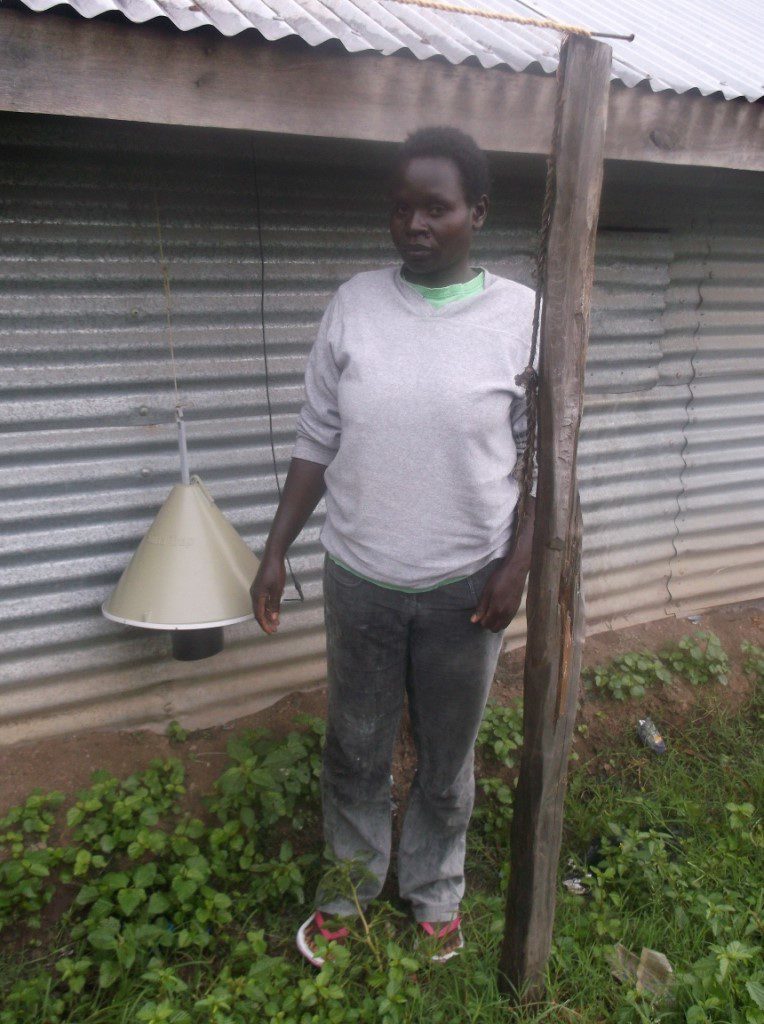
The Solarmal project is led by Professor Willem Takken, professor of Medical and veterinary entomology at Wageningen University. He works together with the local medical team and with the International Centre of Insect Physiology and Ecology (ICIPE).
The project involves students from both Wageningen and Kenya. Earlier, Takken’s group analysed human odours, such as the components of sweat, to which mosquitoes navigate to find a victim.
Recently, the WHO announced that the number of malaria cases had declined slightly worldwide in the past decade but that there were still 225 million cases and 781 thousand deaths, mainly children, in 2009. Every year, around 2.5 million people become infected with the parasite spread by infected malaria mosquitoes from one human to another by a bite.
According to Dr. Bernhard Ogutu, lead Malaria Researcher , Kenya Medical Research Institute (KEMRI),”Malaria vector is getting resistant to pesticides that are used to lace mosquito nets.Especially pyrethroids that are commonly used.In this case it would be very important if other vector control methods are used to help control Malaria.”Dr.Ogutu further said the malaria vaccine is available now and has been licenced to European Medical Agency , however Kenya will still wait for some time before it comes on board as WHO works on some modalities , hence the need for effective vector control.
It is estimated that ,the annual costs for Africa, where malaria is most prevalent, amounts to 8.7 billion Euros, mainly due to loss of labour and household expenditure. Moreover, farming practices in Africa sometimes conspire to maintain the disease by its creation of breeding sites.

